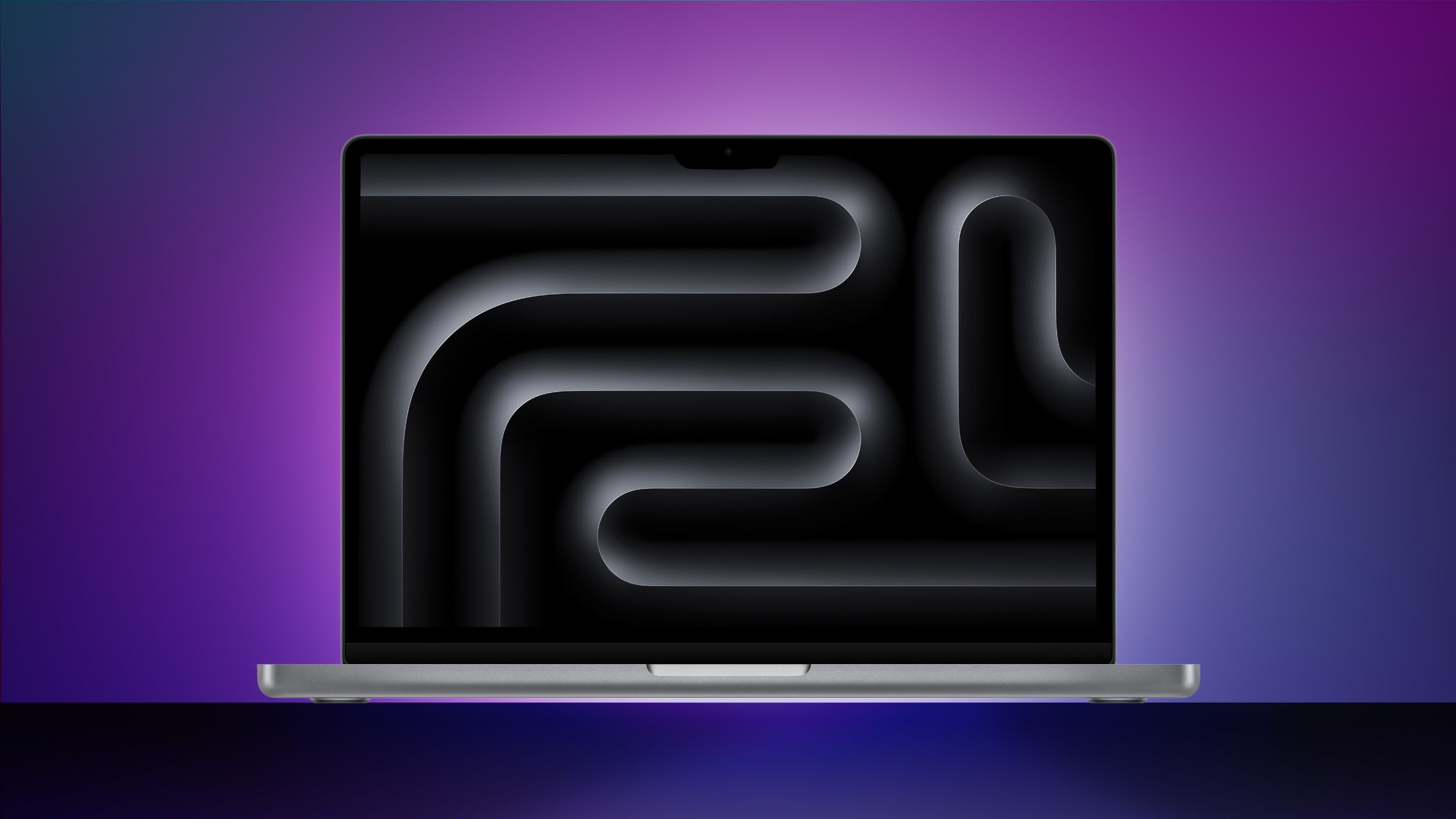Oh man, now I want to watch it to pick it apart. I must resist

My gut feeling is the testing is wrong and/or they’re drawing a conclusion with insuffcient evidence. There’s no way it isn’t hitting the same ST clocks as M3 Pro and Max - there’s no difference in ST performance. Plus, I find it hard to believe the cooling solution could be so bad that it can’t maintain peak ST clocks.
Maybe he’s deliberately feigning ignorance about clocks - e.g. expecting it to run 4.05GHz on all cores despite every prior M SoC having two clock states for ST and MT.. Or maybe that weird-ass looking Intel Power Gadget clone isn’t reporting accurately.
Anyway, I’m just speculating on a video I haven’t watched now so I should shut up



